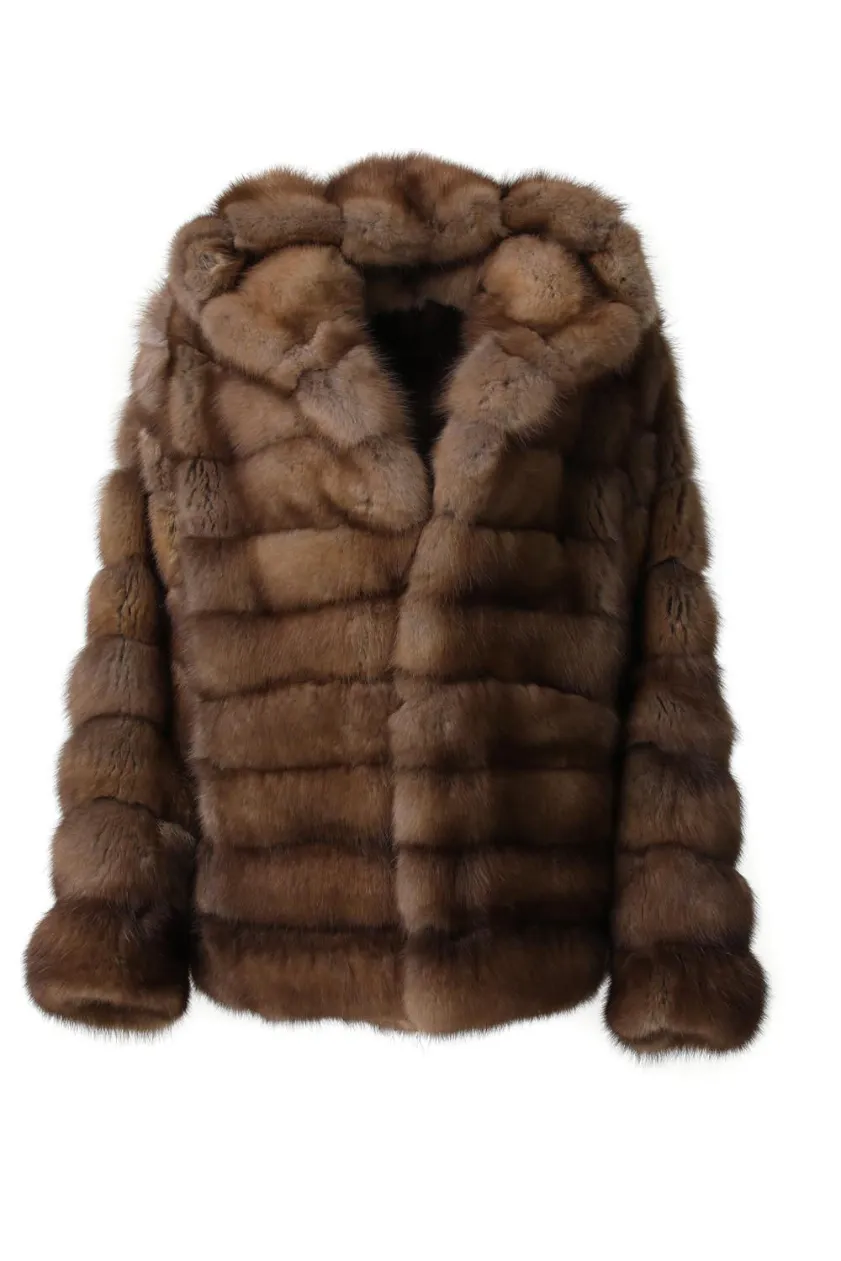Introduction: Rethinking Fashion for a Sustainable World
In the realm of fashion, sustainability has become an increasingly important topic, prompting a reevaluation of traditional practices and materials. Fur jackets, once considered a symbol of luxury and opulence, have been at the center of heated debates regarding animal welfare and environmental impact. In this article, we will delve into the intersection of fur jackets and sustainability, exploring innovative approaches and ethical considerations that are shaping the future of fashion. Join me as we embark on this journey towards a more conscious and sustainable fashion industry.
The Environmental Impact of Fur Production
Understanding the Life Cycle:
The production of fur jackets involves several stages, each with its own environmental implications. From animal breeding and feeding to processing and manufacturing, each step has the potential to generate waste, contribute to greenhouse gas emissions, and deplete natural resources.
Fur Farming and Land Use:
Fur farming requires significant land and water resources for animal housing, feed production, and waste management. This can lead to deforestation, habitat destruction, and contamination of water bodies, affecting local ecosystems and biodiversity.
Chemical Usage and Pollution:
The treatment and processing of fur involve the use of various chemicals, such as dyes and tanning agents, which can have detrimental effects on water quality and soil fertility. Improper disposal of these chemicals can result in pollution and pose risks to human health and wildlife.
Ethical Considerations and Animal Welfare
Alternatives to Fur:
Advancements in technology and innovation have given rise to alternative materials that mimic the look and feel of fur without the ethical concerns. Faux fur, made from synthetic fibers, offers a cruelty-free alternative that allows fashion enthusiasts to embrace the aesthetic appeal of fur jackets while avoiding harm to animals.
Ethical Sourcing and Certification:
For those who choose to wear fur, ethical sourcing, and certification programs play a vital role in ensuring animal welfare standards are upheld. These programs, such as the FurMark certification, provide guidelines and regulations for fur production, including responsible trapping methods and humane treatment of animals.
Consumer Awareness and Demand:
As consumers become more conscious of the ethical implications of fashion choices, there is a growing demand for transparency and accountability within the industry. Increased awareness about the environmental and ethical impact of fur production is driving individuals to seek out sustainable and cruelty-free alternatives.
Innovation and Sustainability in Fur Production
Sustainable Fur Farming Practices:
Efforts are being made within the fur industry to adopt more sustainable practices. This includes implementing improved animal welfare standards, reducing environmental footprint through efficient resource management, and exploring alternative feed sources that are less resource-intensive.
Upcycling and Circular Fashion:
The concept of circular fashion is gaining traction within the industry, aiming to minimize waste and maximize the lifespan of garments. In the case of fur jackets, upcycling and repurposing old or vintage fur coats into new designs provide an eco-friendly approach to reducing waste and extending the use of fur materials.
Collaboration and Innovation:
Collaboration between fashion designers, scientists, and researchers is key to driving innovation in the fur industry. Efforts are underway to develop more sustainable and eco-friendly fur alternatives using innovative materials, such as bio-based fabrics or lab-grown fur, which eliminate the need for animal sourcing altogether.
The Path Towards a Sustainable Fashion Future
Education and Awareness:
Creating a sustainable fashion future requires education and awareness at every level, from industry professionals to consumers. By fostering a deeper understanding of the environmental and ethical implications of fashion choices, we can make informed decisions that contribute to positive change.
Embracing a Mindset Shift:
Shifting our mindset from a throwaway culture to one of longevity and quality is crucial in fostering sustainable fashion practices. Investing in timeless pieces, such as well-crafted fur jackets, and cherishing them for years to come reduces the need for excessive consumption and minimizes waste.
Supporting Ethical and Sustainable Brands:
Supporting brands that prioritize sustainability and ethical practices sends a powerful message to the fashion industry. By choosing fur jackets from brands that demonstrate transparency and environmental responsibility, we contribute to the demand for more sustainable alternatives.
Conclusion: Redefining Fashion's Relationship with Fur
As we navigate the complex landscape of fashion and sustainability, the future of fur jackets lies in a careful balance between innovation, ethics, and consumer choices. The fashion industry is undergoing a transformation, with increased emphasis on sustainable practices, alternative materials, and responsible sourcing. By embracing these changes and making conscious decisions, we can shape a fashion future that celebrates both style and sustainability, ultimately redefining our relationship with fur and the way we perceive and appreciate fashion as a whole.


No comments yet